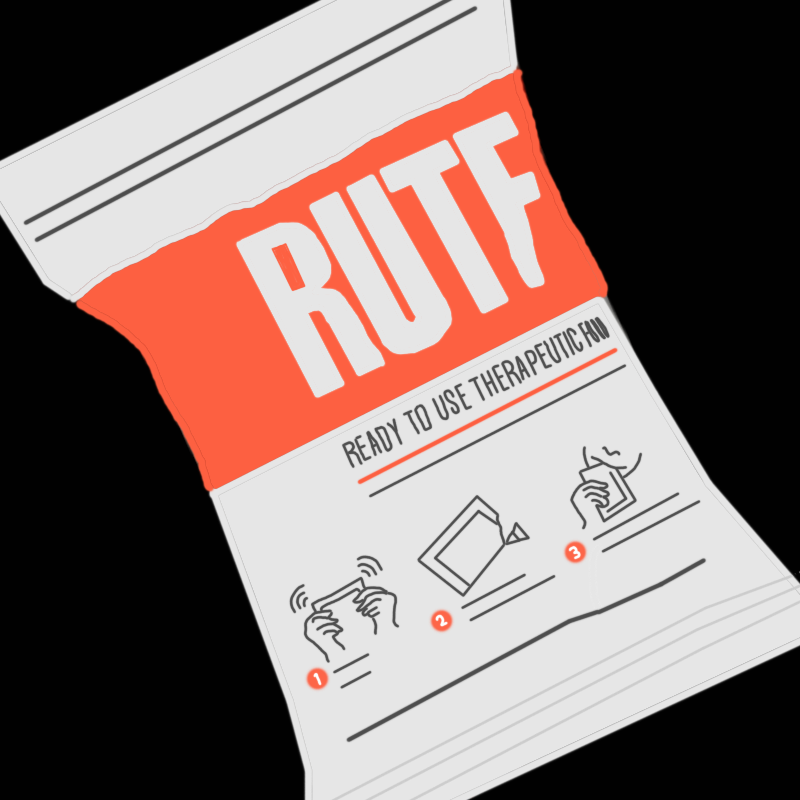UT study highlights role of key nutrients in food for malnourished children
February 22, 2023
A UT study published Jan. 9 highlights the role of key nutrients in food that can help malnourished children’s development.
University researchers found that adding a crucial nutrient in food fed to malnourished children at the end of the manufacturing process maintains long shelf life, as well as cognitive benefits.
According to the study, more than 50 million children under the age of 5 suffer from acute malnutrition worldwide. Ready-to-use food, or RUTF, is a peanut-based paste given to children full of essential nutrients and vitamins to treat malnourishment.
“A lot of those (nutrients) are inherently there,” lead author Genevieve James said. “They are added to these RUTFs with the main goal being to get the kids to recover from muscle loss, get them to a stage where they can begin to thrive.”
The ingredients of RUTF meet a lot of requirements to ensure proper physical development, but researcher Tom Brenna said a specific molecule is needed to ensure proper cognitive development: omega-3 fatty acids. The peanut-based food is high in omega-6, a different kind of fatty acid that ensures physical recovery, but may crowd out omega-3 molecules, suppressing their cognitive benefits.
Brenna, professor of pediatrics, chemistry and human nutrition, said that animal studies revealed that a decrease in omega-3 fatty acids leads to aggression, poor impulse control and other cognitive problems.
“Basically, you save the body, but you don’t save the brain,” Brenna said. “Omega-6s aren’t all evil. It’s just that a little is necessary, too much is starting to suppress the omega-3s and so you need to have balance between the two.”
A type of omega-3 called docosahexaenoic acid, or DHA, is not found in a lot of natural food. The omega-3 fatty acid form is usually only found in foods such as fish oil and other seafood products and is easily broken down over time, said James, a doctoral candidate in nutritional sciences.
“The concern with DHA is that it is really vulnerable to destruction by oxidation. That means heat, light, oxygen, even contact with minerals,” James said. “All of those things are present and in the manufacturing process and inherently in the food.”
James said that the study found that adding DHA toward the end of the RUTF manufacturing process prevents the molecule from degrading.
“Once you get to the final stage, it’s just mixing and packaging into loose little sachets,” James said. “It’s sort of the middle part that when the heat gets the highest and you have the highest potential for the DHA becoming degraded.”
James said the study is part of a wider push for RUTF manufacturing guidelines to adopt a better ratio of fatty acids in addition to a more flexible formula. She said although peanuts are typically thought of as inexpensive and readily available, that may not be the case in parts of the world where RUTF is needed most. A peanut-free formula would also be able to be consumed by the 1 in 50 children worldwide who are allergic to peanuts.
“The hope is that the flexibility of the framework for these nutrition guidelines and these things will help manufacturers make these foods that are safe, but also will actually help the children recover from their malnutrition,” James said.














